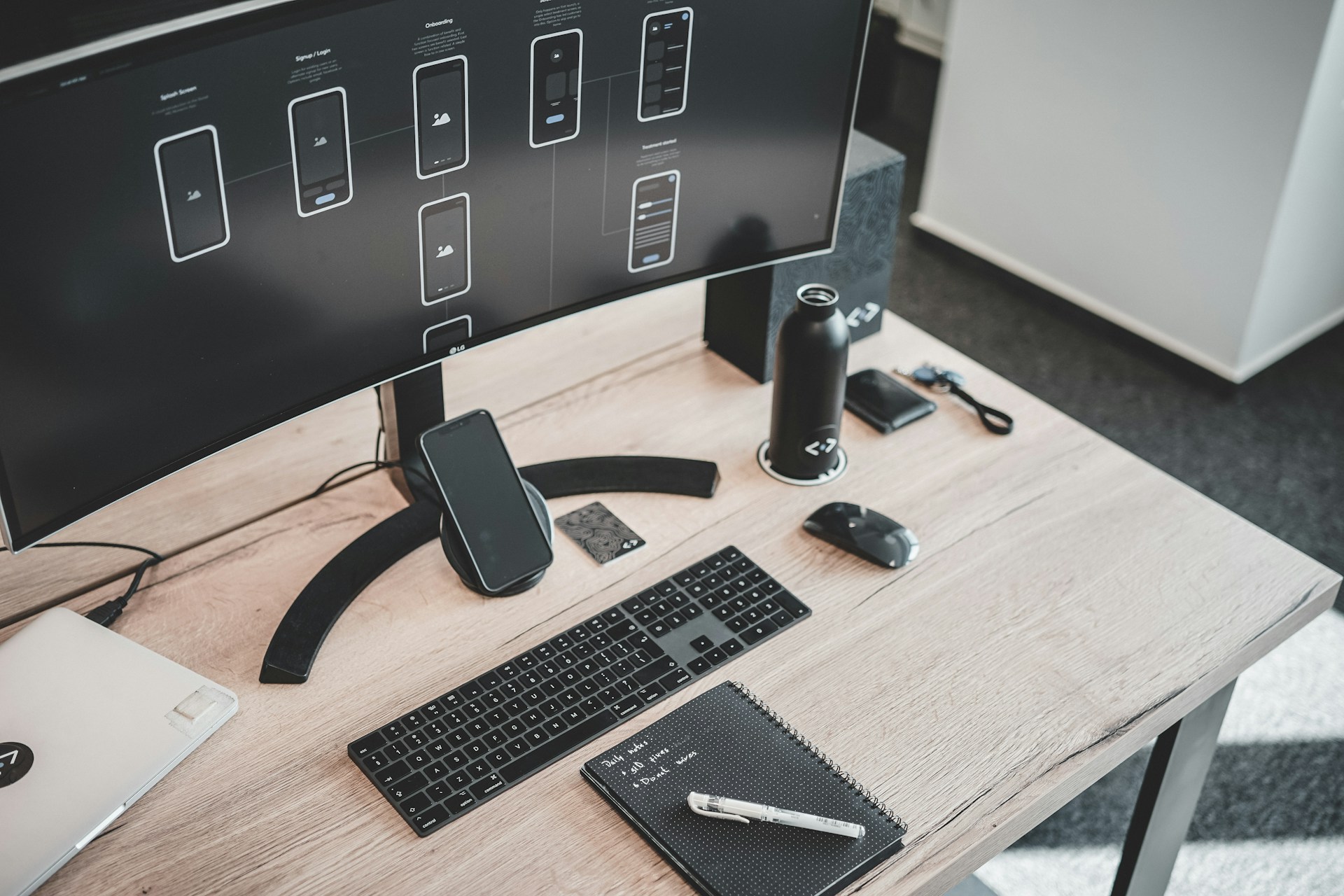In recent years, Dark Mode has become an increasingly popular trend in applications and websites. From social networks to productivity platforms, more and more users are opting for dark interfaces. But is this always the best option? And how does it compare to Light Mode in terms of usability and user experience (UX)?
In this article, we will analyse the pros and cons of each mode and help you decide which one is best suited for your website.
1. What Are Dark Mode and Light Mode?
🌞 Light Mode
This is the traditional mode, where the website’s background is light and the text is dark. This scheme follows the classic principles of reading on paper and is widely used across the web.
🌙 Dark Mode
Here, the background is dark and the text is light, creating an inverse contrast to the standard. It has gained popularity due to its sleek design and the comfort it provides, especially in low-light environments.
2. Advantages and Disadvantages of Each Mode
✅ Dark Mode
✅ Light Mode
3. How to Choose the Best Mode for Your Website?
The decision between Dark Mode and Light Mode should consider several factors:
4. Best Alternative? Offer Both Options!
Whenever possible, the best approach is to allow users to choose their preferred mode. Some ways to implement this functionality include:
- Adding a Dark/Light Mode toggle in the website’s header.
- Detecting the user’s operating system preferences and automatically adjusting the interface.
- Ensuring an optimised design for both modes, maintaining proper contrast and a seamless user experience.
Conclusion
There is no definitive answer to which mode is the best. The key is to understand your audience and, whenever possible, offer both options so that each user can personalise their experience.
At Byte to IT, we create modern, accessible, and optimised websites for all user preferences. Want to implement Dark Mode on your website? Get in touch with us! 🚀


